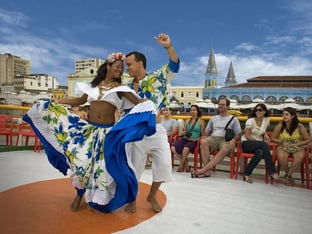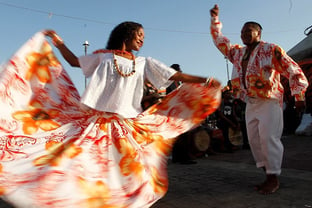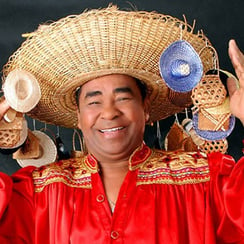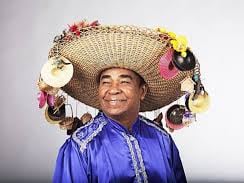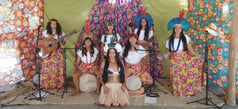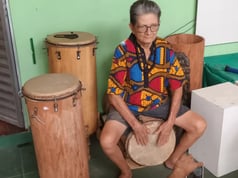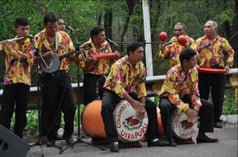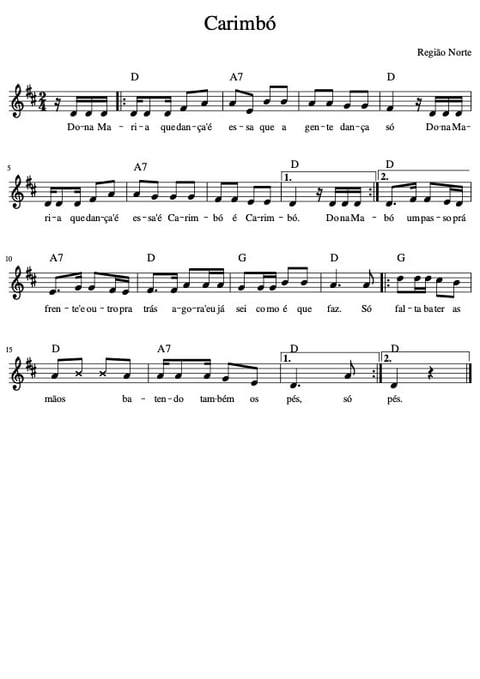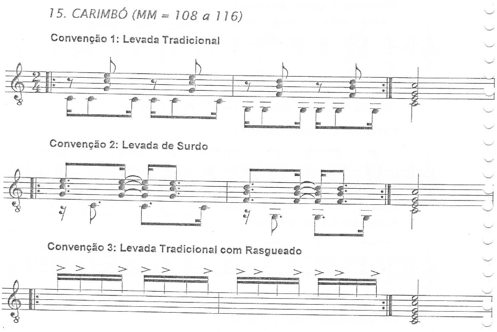Carimbó
States: Acre, Amapá, Amazonas, Pará, Rondônia, Roraima, Tocantins
The North is Brazil’s largest region by area and is the least populated. It is dominated by the Amazon Rainforest. Rich in Indigenous cultures and African influences, it has a deeply rhythmic and spiritual musical identity rooted in nature, oral storytelling, and river life
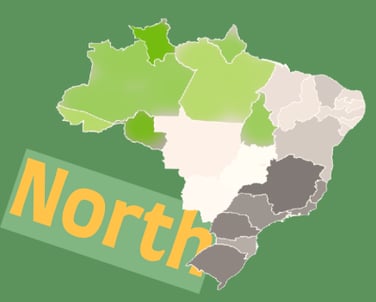

Origin: Pará (Amazon Coast)
Cultural Roots: Tupi-Guarani, African (Batuque), Portuguese
Popular Music Styles:
Carimbó (Pará)
Boi-Bumbá (Amazonas)
Lambada
Tecnobrega and Guitarrada
Key Figures:
Pinduca – King of Carimbó
Gaby Amarantos – Tecnobrega pop sensation from Belém
Fafá de Belém – MPB artist rooted in Northern music traditions
David Assayag – Iconic figure of Boi-Bumbá festivals in Parintins
Carimbó is a traditional music and dance style from northern Brazil, specifically the coastal region of Pará and the Amazon basin. It originated from the cultural practices of the Tupinambá people and was later influenced by African rhythms, especially batuque, brought by enslaved people. The name “carimbó” comes from the Tupi language, “curi” meaning hollow trunk and “m’bo” meaning hollowed out, referencing the main instrument: a hand-played drum made from a hollowed tree trunk with an animal skin head. Carimbó was further shaped in the 19th century by Afro-Brazilian communities and became a staple of Amazonian coastal life, particularly among local fishermen.
The music blends Indigenous, African, and Portuguese elements, creating a vibrant, percussive sound accompanied by banjos, tambourines, maracas, flutes, and rattles. Traditionally played in a circle, carimbó dance involves women wearing wide, flowing skirts and flowers in their hair, while men wear bright folkloric outfits. The performance often includes playful, flirtatious movements — such as a woman tossing her skirt over a male dancer’s head — and tells stories about the jungle, the river, and local traditions.
There are three main regional variations: Praiana (coastal), Pastoril (from Soure and Marajó), and Rural (from Baixo Amazonas). These styles reflect the geography and communities of the Amazon region. Carimbó remains a cultural highlight for visitors and locals alike, celebrated for its energy, storytelling, and connection to place. Over time, especially in the 1960s and 70s, carimbó rhythms merged with electronic elements, contributing to the evolution of lambada music.
One of the genre’s most influential figures is Pinduca, often referred to as the “King of Carimbó.” His work helped popularize the genre nationally and maintain its visibility through decades of cultural change. Today, carimbó continues to thrive not only as a folk tradition but also as a living, adaptive cultural form that bridges Indigenous roots with contemporary expression.
Cultural Elements:
Regional identity for Amazonian fishermen and peasants
Often performed in festivals and cultural tourism in the Amazon
Sub-styles: Praiana, Pastoril, and Rural variants
Sources:
Appleby, D. P. The Music of Brazil (1983)
Cascudo, L. C. Dicionário do folclore brasileiro (1984)
Main Instruments:
Carimbó Drum (Curimbó): Made from hollow tree trunks with animal skin heads.
Maracas, Banjos, Tambourine, Flute, Rattles
Dance:
Performed in a circle. Women, dressed in wide patterned skirts, twirl and playfully flirt with their male partners, symbolizing courtship and stories of rainforest life. The dance celebrates nature, community, and sensuality.
Notable Figure:
Pinduca: Known as the “King of Carimbó,” he was responsible for modernizing the style and bridging it with lambada.
